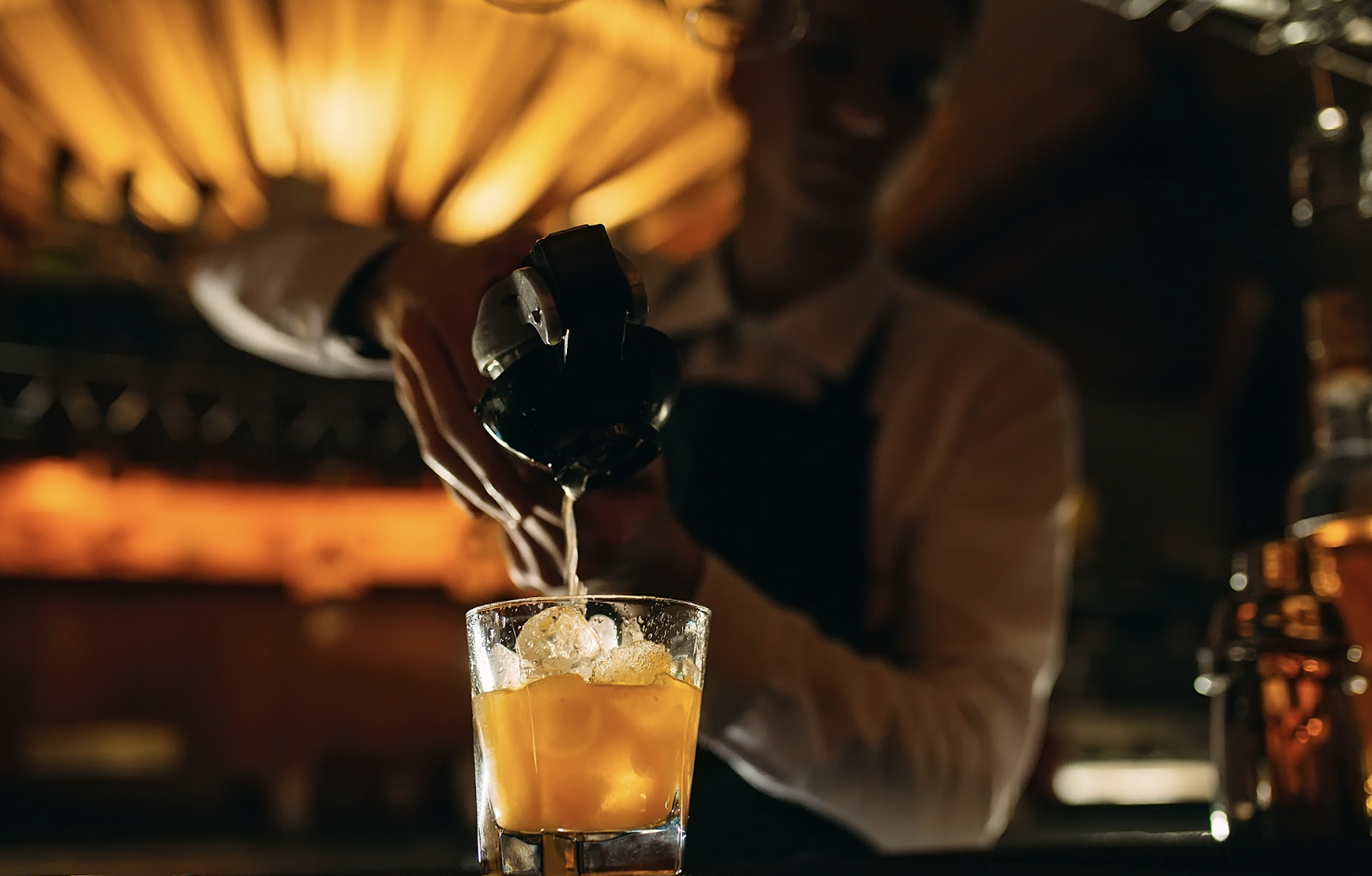
main image.
“2023 Is the Year of Aquavit.” That was the headline of an article published by The Verge earlier this year. According to the article—in which notable chefs, wine makers, and mixologists were asked what they believe will take the food and drink industry by storm in 2023— the conclusion was that “2023 is going to be the year of aquavit.”
The Verge isn’t the only prominent publication to pick up on the growing aquavit trend. In October 2022, Drinks International published an article titled, “Aquavit: The New Mezcal?” The piece states that, “Aquavit is being touted as a spirit that has all the ingredients for an explosion in popularity.” The article goes on to say, “While the ‘next big thing’ moniker gets bandied around all too often, it does make sense that aquavit would be poised for an explosion in popularity. After all, it’s effectively gin, a spirit that has managed to captivate palates across the world, flavored with caraway or dill seed instead of juniper.”
“Globally, Scandinavian culture has become hugely influential since the turn of the millennium,” the DI piece continues, “whether it be film and television, pop music, interior design, food or philosophy. It seems that drinking is one of the last elements of Nordic life to catch on.”
In January of this year, Men’s Journal published a piece that said, “There’s a new trending spirit in town that’s starting to demand space of its own: aquavit.” The article went on to explain that “Thanks to its deep herbal profile, usability in cocktails, and ease of production, aquavit has been popping up on drink menus around the world.” Two aquavit cocktails are featured on the menu of New York’s Mace, which was voted cocktail menu by 50bestbars.com. According to Mordor Intelligence, the aquavit market in America is expected to grow by 23% in the next 5 years.”
That rosy market prediction is bolstered by data from the wine and beer industries, which shows significant decline in demand over recent years. One State of the Industry Report showed that, in 2022, consumers actually bought less wine than in the previous year, which was the extension of a decline that’s been evident for a number of years. Some of that decline is due to the fact that younger drinkers don’t consider wine an everyday drink. InsideHook reported in January 2023 that, according to wine industry research, “Younger people are not drinking wine.” In fact, the report shows that drinkers under 60 are all turning more and more to spirits. According to a 2022 Wine Industry Report published by Silicon Valley Bank, more consumers aged 60 or younger are abstaining from wine. The report says 35% of 21-to-29-year-old consumers drink alcohol, but not wine.
Things don’t look a whole lot better for beer. In October of 2022, a CNBC report headline read: “Beer is on pace to lose its leading share of the U.S. Alcohol Market as Spirits Surge.” Evidently, according to this data, beer has been losing market share to spirits for the last 12 years in the U.S.
Mega online alcohol e-tailer, Drizly, has data that also paints a grim picture for the beer industry. According to Drizly, “spirits dominate the share of the market,” and they credit that dominance to the surge in categories like tequila and ready-to-drink cocktails (known in the biz as RTDs).
All this data seems to point to a bright future for aquavit in America, and, If you haven’t tried aquavit yet, put it on your cocktail to-do list!















